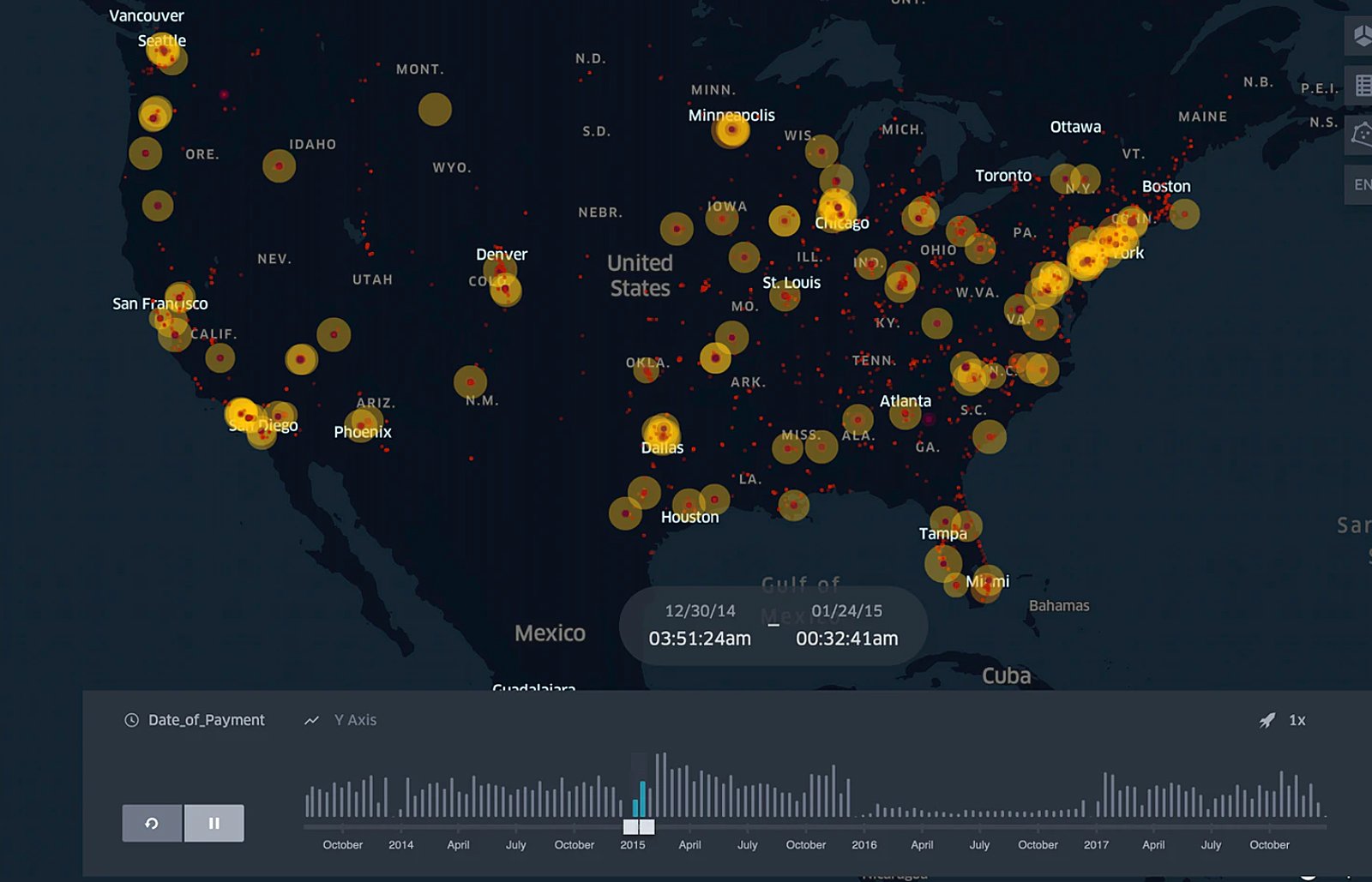06/29/22
In an interview with journalist Paul D. Thacker, former U.S. Air Force investigator and safety officer Alex Rich explains why he developed a software program that links pharmaceutical companies’ payments to doctors and researchers.
By

Miss a day, miss a lot. Subscribe to The Defender’s Top News of the Day. It’s free.
Alex Rich believes no one in the U.S. has a clear idea of the scope and scale of drug company payments flowing to the authors — usually physicians — of articles published in medical journals.
But the former U.S. Air Force investigator and safety officer thinks it’s important to have that information in order to determine if an author is biased — so he developed software that mines the medical literature to uncover Big Pharma payments to doctors.
In an interview with journalist Paul D. Thacker, Rich said his software program examines the gap between payment data and conflicts of interest — disclosed and undisclosed — that may lead to undue influence by pharmaceutical companies.
“I want to make it easier to explore the financial relationships between authors of articles in medical journals and industry, mostly drug and device companies,” Rich told Thacker.
Thacker, author of the DisInfomation Chronicle, wrote an award-winning series exposing the lack of transparency among experts advising U.K. and U.S. officials on COVID-19 policy.
Thacker also spent years investigating GlaxoSmithKline’s diabetes drug Avandia — leading to it being pulled from the market. And his investigation into DuPont’s cover-up regarding Teflon led to a scandal and, ultimately, a major lawsuit and the 2019 film “Dark Waters.”
Rich, who is pursuing a Ph.D., told Thacker he developed the software program to “scrape” (i.e., extract data from) PubMed-indexed publications by doctors who are listed in the Open Payments database.
His software then connects doctors’ addresses to pharmaceutical companies’ payments and tracks them on a map of the U.S.
“The Open Payments database has become one of the most robust and interesting federal data sets out there,” Rich said. “But it hasn’t met full utilization because it’s difficult to link to other datasets. It doesn’t have any of the normal things you would use to identify a physician or an author that other data sets use.”
Rich changed that with his software, which has a code to pull conflicts of interest from studies.

Rich first set out to follow the money trail between authors and industry by diving into the details. For example, he said, if Purdue Pharma was attempting to influence physicians to prescribe OxyContin, how did that influence work?
“Where did they meet? Who did the speaking? Where is the information flowing?” he asked.
Rich initially looked at a lot of geographic signals, such as venues where one physician is paid to give a talk and other physicians receive food and beverage payments.
“Ultimately, I ended up looking at peer-reviewed publications,” Rich said. “When I found physicians publishing in major medical journals and not disclosing their financial conflict-of-interest disclosures, I really started to feel uncomfortable.”
Rich told Thacker that while most doctors don’t set out to be influenced by pharmaceutical companies, financial incentives can have insidious effects on doctors’ opinions and prescriptions.
“It’s a subtle process whereby [doctors] are getting more and more comfortable with a set of corporate actors who have very strong financial incentives to see that all the decisions in the gray spaces of medicine fall in their favor,” he said.
“Most of these people believe they’re doing the right thing. It just so happens that the majority of the things that they say tend to benefit a multi-billion-dollar corporation.”
Rich used his software to expose the actions of Dr. Edward Michna of the Pain Trials Center at Brigham and Women’s Hospital, who testified in court on behalf of the opioid industry.
Rich found that, out of more than 47,800 U.S. physicians who received payments from Purdue Pharma (now bankrupt after pleading guilty to fraud charges related to its OxyContin marketing), Michna was in the top 0.2% with $52,512.
Michna also was a paid speaker for Cephalon, which was sued for deceptive opioid marketing.
Using his software program, Rich found Michna repeatedly neglected to declare as competing interests payments from drug companies in published studies.
Rich, who is also the founder of CitizenViz.org, dedicated to “data visualization for informed citizenship,” said he expects to open source the code for his software soon.
“There should be more researchers asking questions about payments,” he said. “Those conversations can enhance the transparency of the whole medical research industry and open up new lines of thinking about the problem of bias in research.”
The views and opinions expressed in this article are those of the authors and do not necessarily reflect the views of Children’s Health Defense.
_______________________________
If you like our work please consider to donate :
_______________________________
If you are looking for solutions (lawyer, form, gathering, action, antidote, treatments, maybe this could help you:
HERE
If you want to fight back better:
https://childrenshealthdefense.org/child-health-topics/health-freedom/defender-days-sticker-gallery/
Find the others: www.freedomcells.org
Spike Protein Protocol
Glutathione (most important for body detoxification) or better
NAC = N-Acetyl-Cysteine 600-750mg (causes the body to produce glutathione itself)
Zinc
Astaxantin 5mg (also improves vision)
Quercetin
vitamin D3
Milk thistle (also liver and stomach protection)
Melatonin 1mg to 10mg (against 5G)
Alternatively CDS/CDL and zeolite
Dr. Zelenko’s Protocol contains Ivermectin, Hydroxychloroquine (HCQ), Zinc, Vitamin D3, and Quercetin.
How to find the truth :
Search engine: https://metager.org/ https://presearch.org/ or https://search.brave.com/
Videos: www.brandnewtube.com
www.odysee.com
www.bitchute.com
Facebook style: www.gab.com
 RSS Feed
RSS Feed















 July 2nd, 2022
July 2nd, 2022  Awake Goy
Awake Goy  Posted in
Posted in  Tags:
Tags: 













